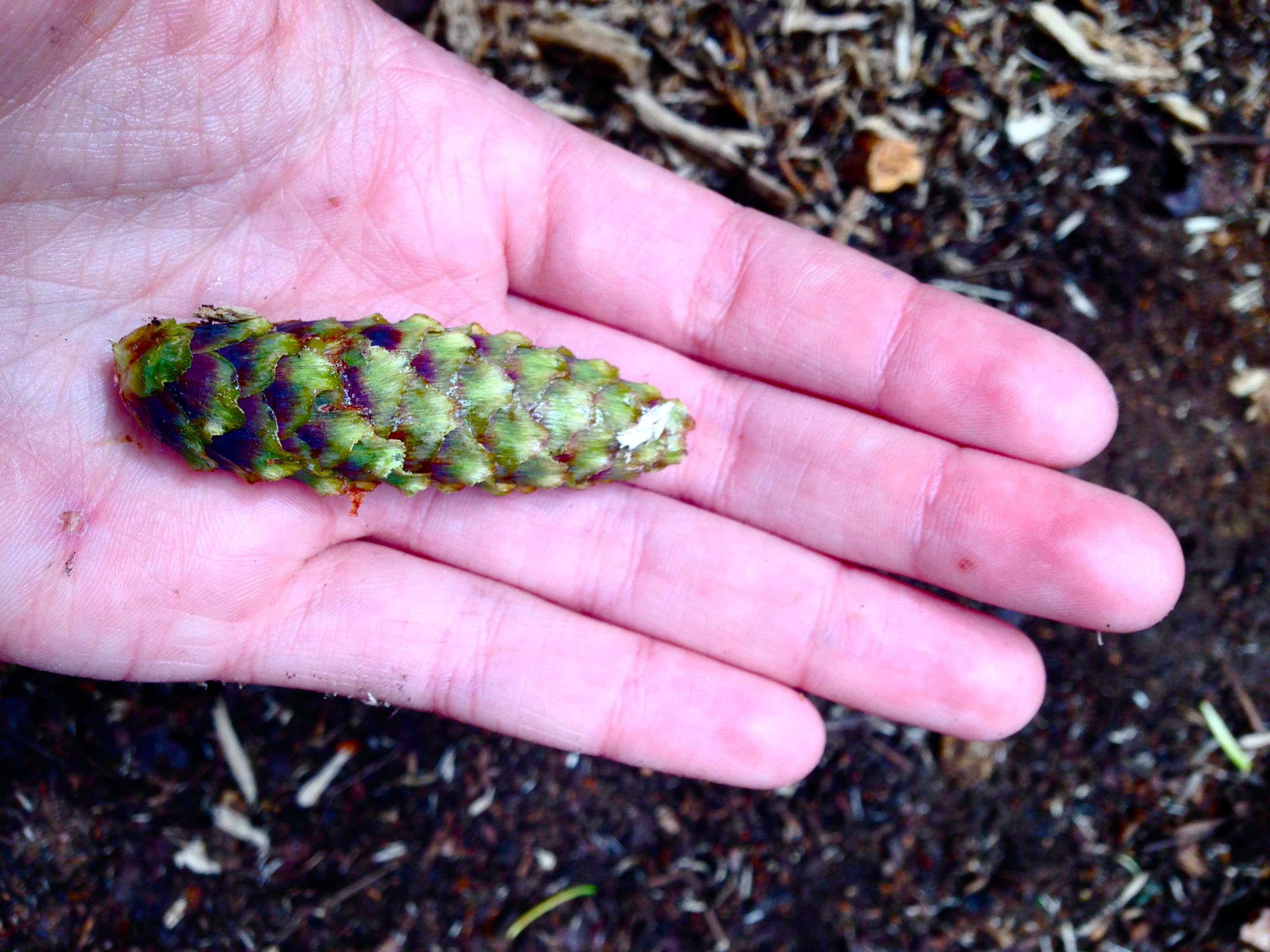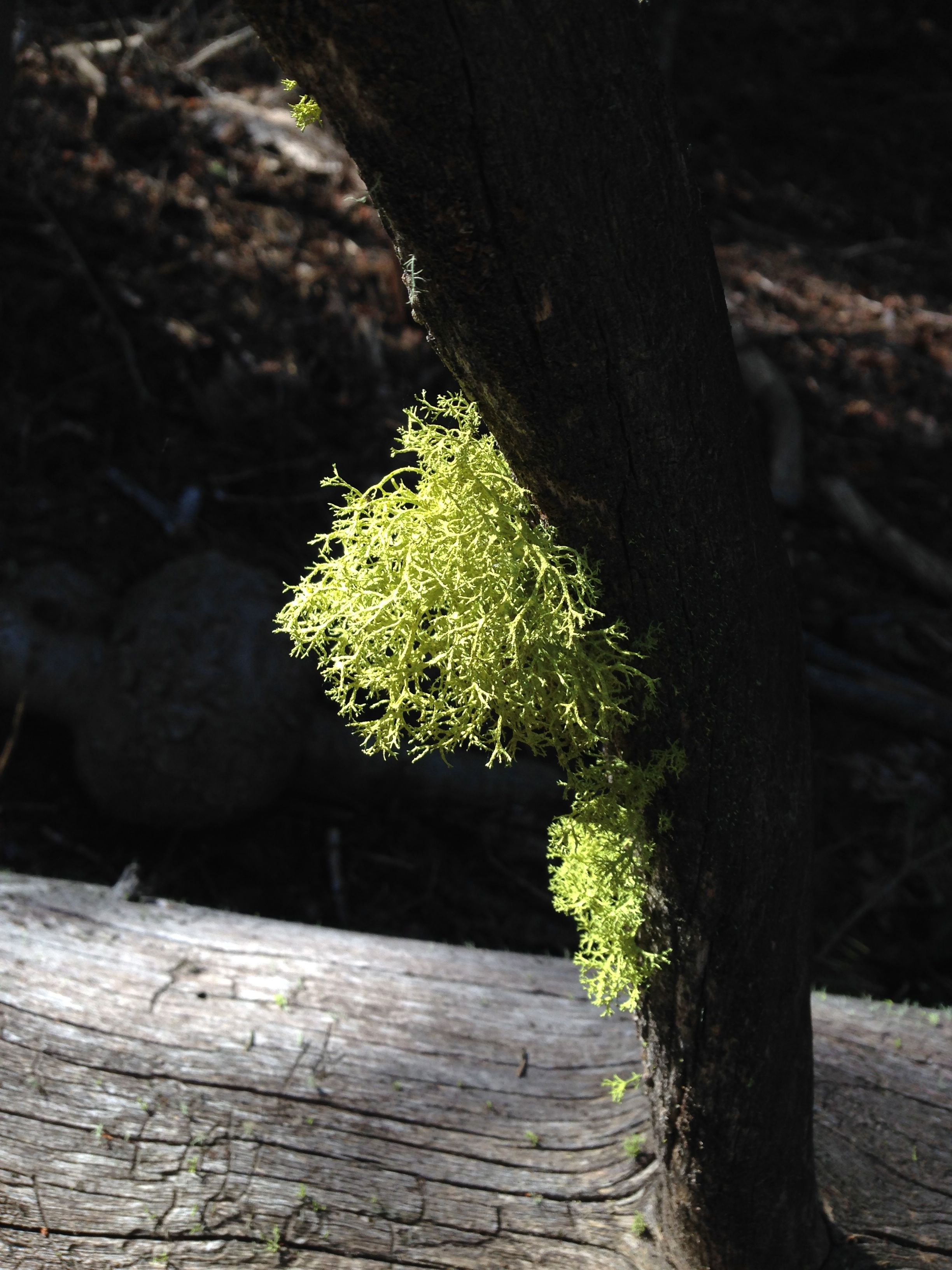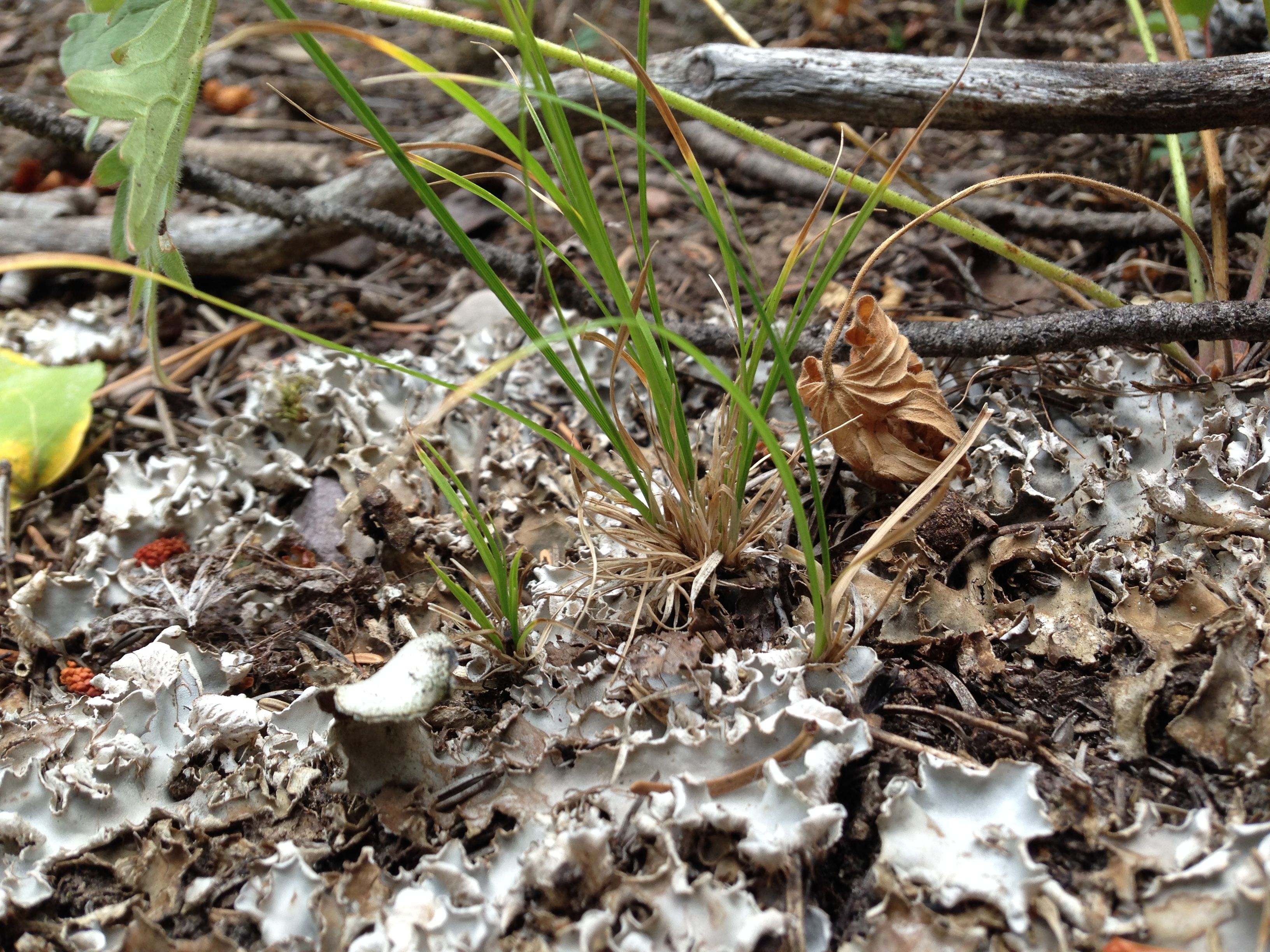Our last and final day monitoring amphibian habitat was a success. The last allotment was located in an area that was surrounded by a private landowner who did not permit us access on their roads. To get around this obstacle, our only option was to drive on a National Forest road and hike in through the woods a few miles to get to the point. I know, so unfortunate, right?
Enveloped with willows, the slow moving streams and creeks were jumping with Boreal Toads: a relieving and hopeful site to see this sensitive species doing well and as hoppy as ever.
Fun Fact: Each toad has a unique spotting pattern, like a fingerprint. Researchers can photograph the underside to identify individuals (without cutting their toes off)!
Check out this site to learn more! : http://cpw.state.co.us/learn/Pages/ResearchBorealToad.aspx
All of our data is collected and inputed into the database. For now, we will leave it be until it is time to write the report once the weather turns on us in October. We are moving on to our next project — Lynx and Snowshoe Hare Habitat Assessments.
Across BLM land are a number of aspen (Populus tremuloides) stands that have been burned or “treated.” Aspen stands often get choked out by spruce and fir trees. Ecologically, is this a bad thing? I cannot say. But I do know that underneath a dense, mature spruce stand lies a whole ‘lotta nothing. A combination of blankets of acidic needles and almost complete, constant shade results in a barren and unproductive understory. When the focus is to support large herbivores, mainly elk, these kinds of stands serve little purpose. A rich understory of young aspen saplings, shrubs, forbs and grasses is like one, huge salad-bar for herbivores. Additionally, no understory means no refuge for Snowshoe Hare, and no Snowshoe Hare means no Lynx.
As Lynx rely heavily on Snowshoe Hare for food, our habitat assessments are mostly catered to their desires and needs for a good home. A number of sites were identified in a grid-like pattern, using rebar and flagging, throughout both burned stands (treatment) and unburned stands (control).
Within a 22 inch radius, Snowshoe Hare pellets are searched for and counted.
At each of the four cardinal directions, we estimate the “horizontal cover,” which is a way for us to quantify how dense the understory is (how much refuge and forage for hares).
We also calculate the density of seedlings(<1cm DBH)/saplings(1-4cm)/mature(>4cm DBH) trees. Consequently, it is imperative that we are able to identify the different species of common trees at all life stages.
- Douglas Fir (left) Engelmann Spruce (right)
- spruce (left) fir (right)
- mature and immature Subalpine Fir cones
Lynx also feed on squirrels, so we look for and take note of any sign (visual or audio). Where a squirrel has used a tree stump or log to tear open the cone, they call this a “plucking post.” It looks like this :
Where they have cached tons of cones, large mats are formed by the sheds. There are often visible holes where they have stored the cones :
I am really enjoying this new project as I learn and see new things every day. The woods feels like home to me; I am so grateful to be in this field of study and work.
Val Stacey
Pinedale, WY


























